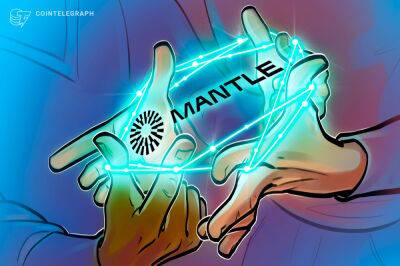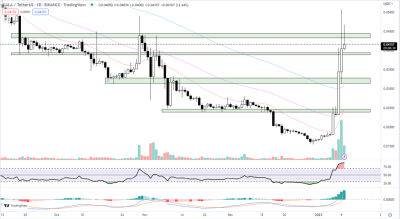Kadena CEO Stuart Popejoy on blockchain design: proof of work is a feature, not a flaw
When taking its blockchain public, “there was an adjustment period where we had to learn to love crypto,” Kadena founder and CEO Stuart Popejoy said. The admission sounded more like a technical adjustment than a surge of emotion on his lips, but he added, “The people who participate in your ecosystem really are your network and that is obviously not a very enterprise-y thing, that’s very grassroots.”
The merits of private blockchains remain a matter of debate, but Kadena transitioned from a private JPMorgan blockchain in 2016 to a public spinoff in 2020, taking Popejoy, former a JPMorgan executive, with it.
“There was some innovation in private blockchain for a second, and that kind of represents us.” However, “there was this idea that we needed something […] that could serve business-scale needs, and that’s how we arrived at our version of a public blockchain,” Popejoy said in an interview with Cointelegraph, adding:
Kadena has horizontal scaling as a feature. “We focused on safe smart contracts and scalability as a safety thing, in the sense of risk management, like if you have to wait a day for your Bitcoin transaction go through,” when the system is backed up, Popejoy said.
Popejoy mentioned Bitcoin frequently. He said:
“We believe that the real problem with proof of work is not that it uses energy, it’s that it uses energy inefficiently,” he added. “Bitcoin: there’s all this energy being used and it’s not improving the system. It’s the same slow system it was 15 years ago.”
Related: The blockchain trilemma: Can it ever be tackled?
Like Bitcoin, Kadena uses a proof-of-work consensus mechanism, “but it scales it so that we actually have horizontal scaling for proof of work,” Popejoy said. “We like to say, and it’s true,
Read more on cointelegraph.com




















